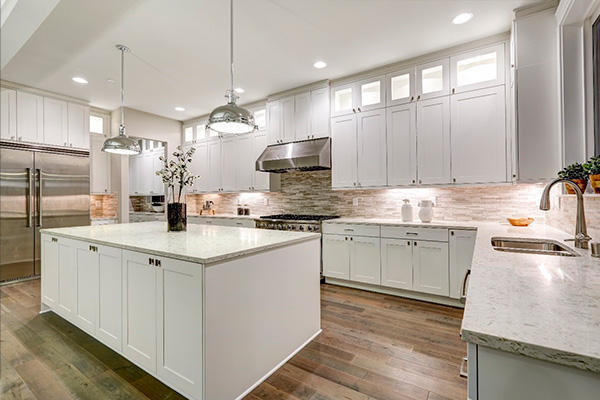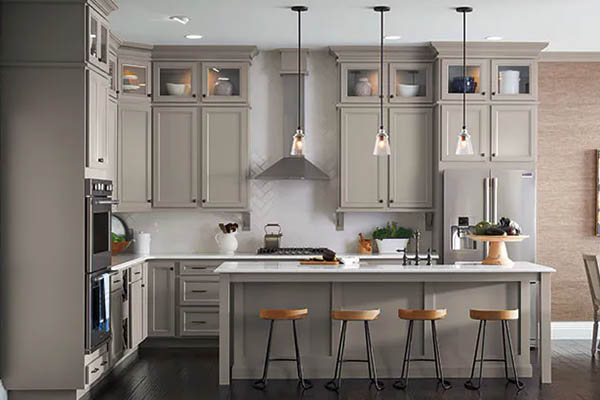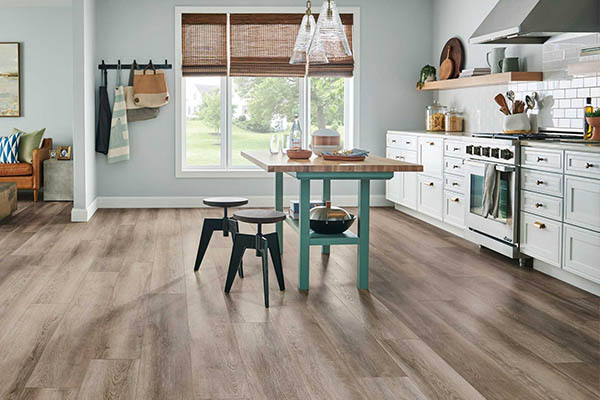Engineered Wood Flooring Pros And Cons
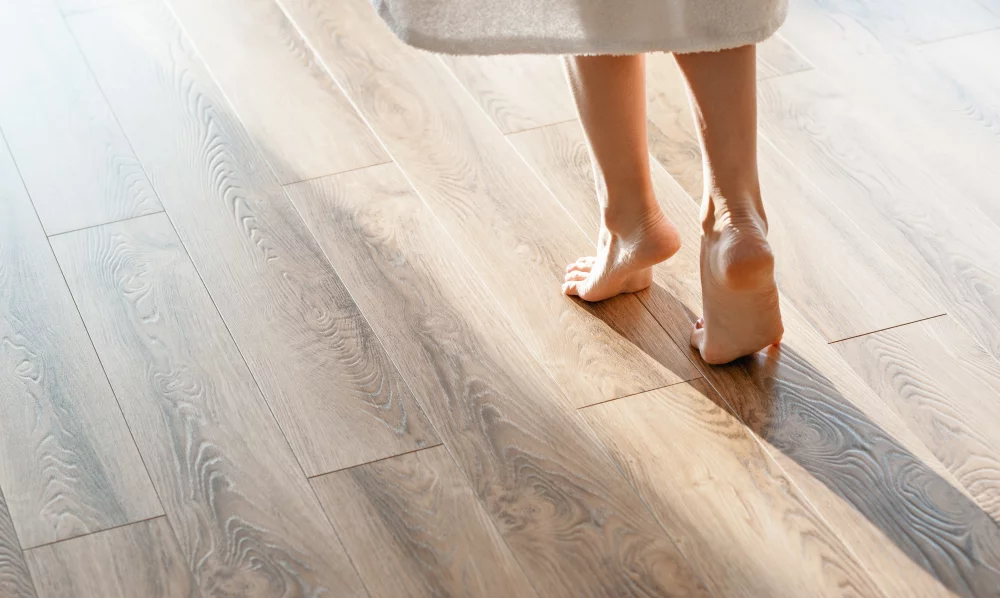
If you are contemplating changing the flooring and aim to get something that is elegant, eco-friendly, and does not require much maintenance, engineered wood flooring might be a good option.
With a unique blend of natural wood and artificial materials, this type of flooring can enhance the aesthetic appeal of your home with the perfect combo of strength and style.
In today’s read, we’re going to explore some of the distinctive features of engineered wood floors, and we’ll try to explore why it’s an excellent choice for homeowners.
What is Engineered wood?
An Engineered Wood Floor is a type of Hard Wood Floor comprised of two or more layers of wood that have been adhered together to form a plank. Typically, engineered wood flooring is made up of a thin layer (lamella) of a more expensive wood bonded to a core made of less expensive wood. Engineered wood's improved stability is obtained by running each layer at a 90° angle to the layer above. Because of its strength, it is a universal product that can be installed over any type of subfloor, above, below, or on grade. Engineered wood flooring is the most popular form of wood flooring in Europe and is gaining favor in North America.
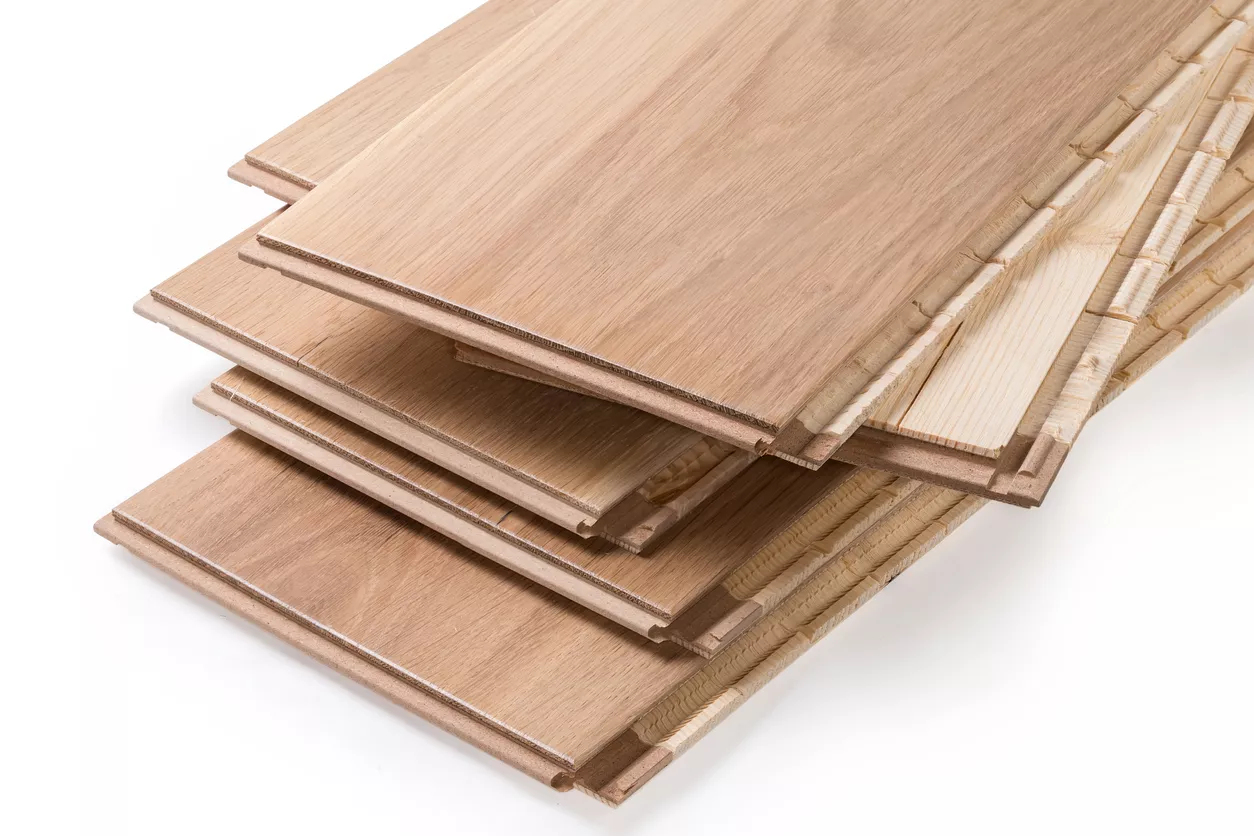
What are the most common wood species?
The most common wood species used to manufacture engineered wood floors include oak, maple, cheery, and walnut. Some exotic wood species are also used to achieve unique grain patterns and vibrant colors.
How To Install Engineered Wood Floor?
Depending on the type of flooring you order and the type of underlayment you have, you can choose any of the three installation methods below:
- Glue-down
- Nail-down
- Floating
You can use the stable or nail-down method if you have a wood or plywood subfloor. Using a particular nail gun involves nailing the flooring directly to the subfloor. You can adhere the flooring directly to the subfloor for glue-down installation using a suitable and strong adhesive.
If you have ordered planks of the flooring, you can put them together using an interlocking mechanism over a padded underlayment.
No matter the method you choose for installation, it is essential to prepare the subfloor. Try to clean, dry, clear, and level the subfloor to ensure the successful installation. If the subfloor has imperfections or moisture, the installation will be challenging. Similarly, it is essential to acclimate the flooring to the room’s temperature and humidity conditions.
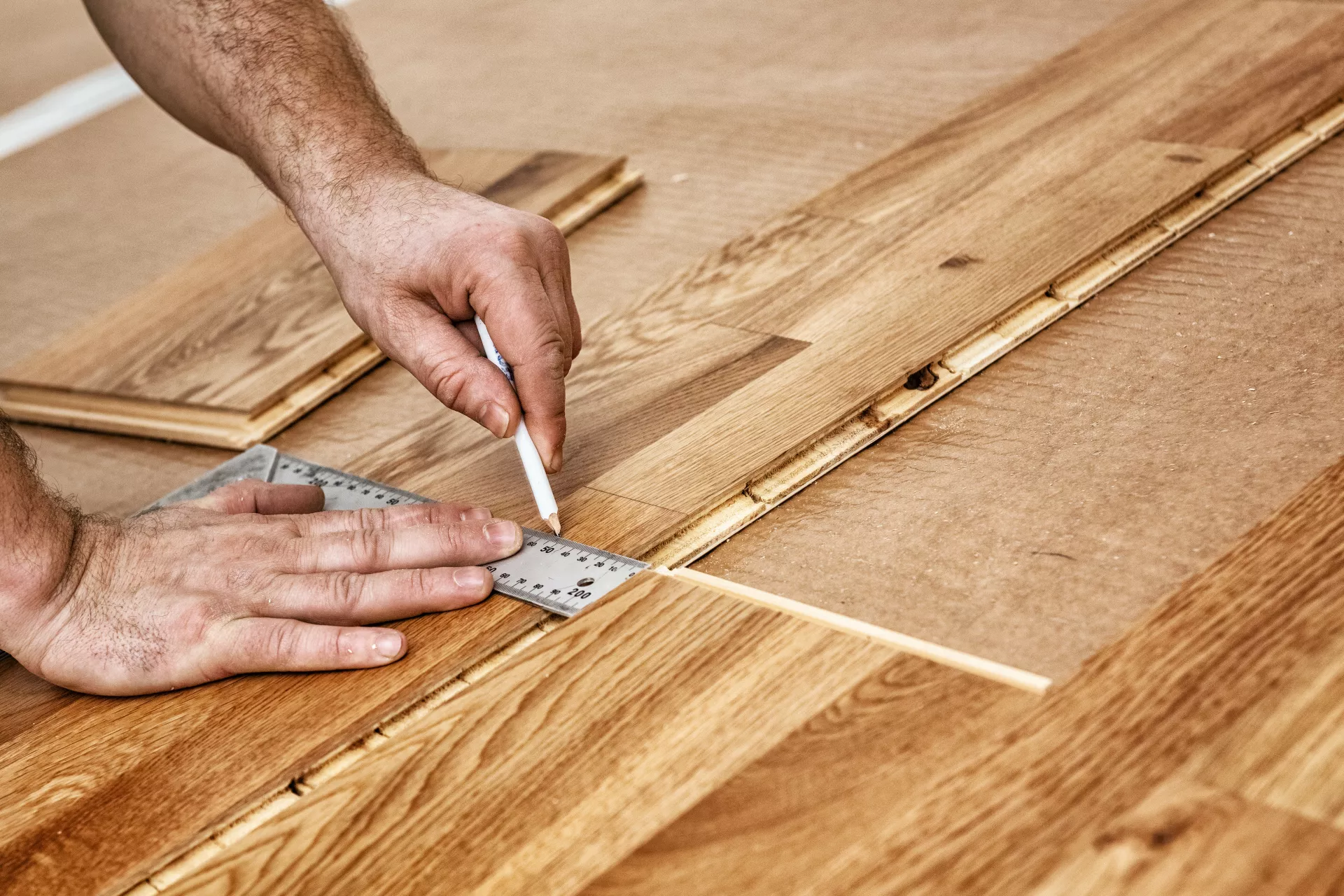
Is Engineered Wood Floor Durable?
Because of the enhanced manufacturing and use of high-quality wood species, engineered wood floors are highly durable. They can easily withstand heavy foot traffic and are thus considered best for homes with children and pets. Unlike hardwood floors, they are less prone to warping, expanding, and contracting due to temperature changes or humidity. The engineered wood floors can last for decades with normal maintenance, like regular sweeping or cleaning with a damp mop.
Is Engineered Wood Floor better than Solid Wood floor?
Typical solid hardwood floors offer a classy and timeless look, but still, they’re prone to damage and require regular maintenance to maintain their appearance. In contrast, engineered wood floors offer the same aesthetic value and appeal but with more excellent durability and ease of maintenance.
Style and Design
Engineered wood flooring comes in a variety of finishes and styles. Thanks to modern techniques, you can now find a variety of styles, from traditional and timeless to trendy and sleek. Because of the type of wood species, finishes, and textures, homeowners can find a perfect match to complement their style and décor.
Nowadays, homeowners love lighter finishes with wide planks and rustic textures. In some regions, gray and white finishes are also gaining popularity. So, it’s very critical to choose a style and trend that blends well with your home’s décor and is also in line with your budget preferences.
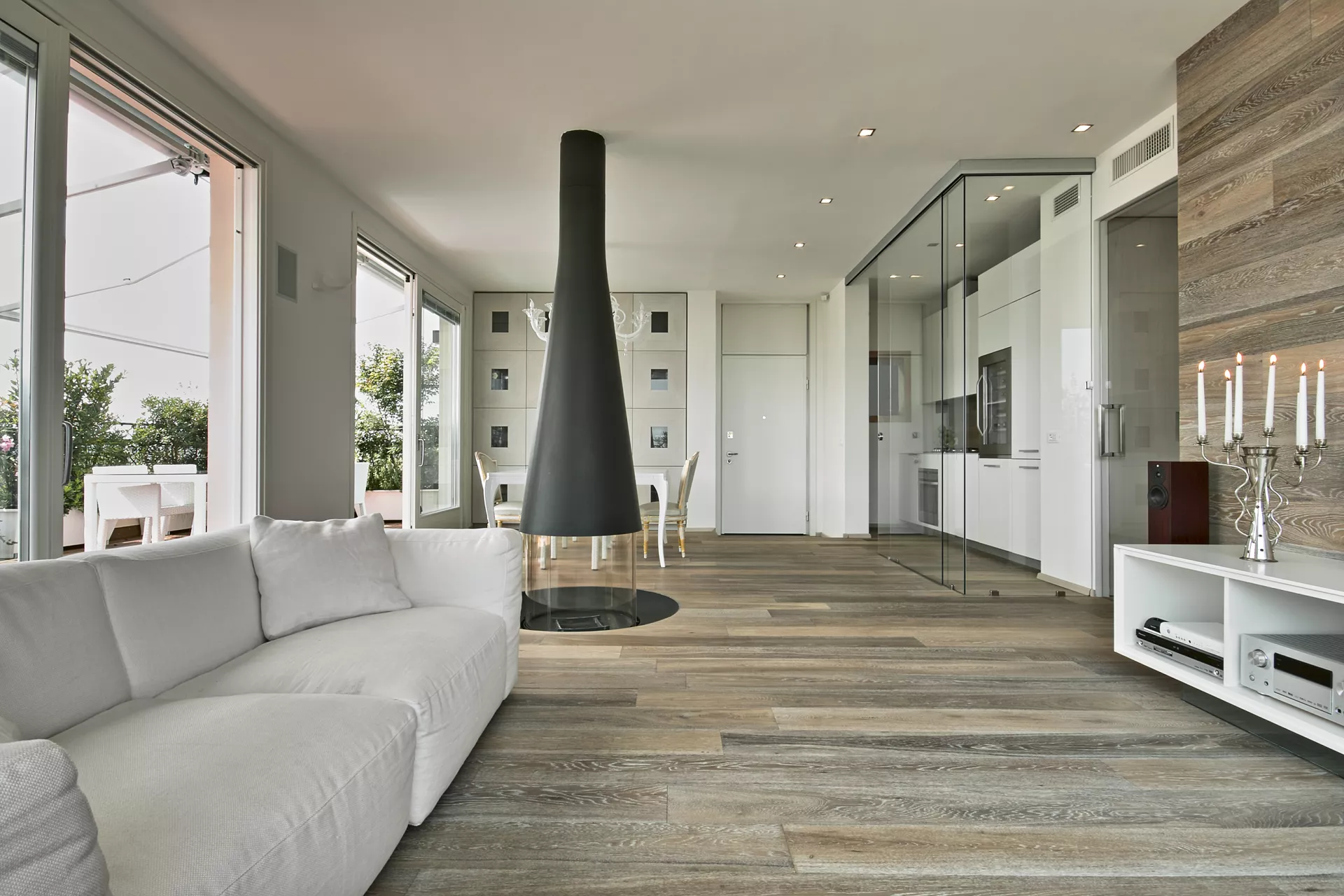
Engineered Wood Floor Cost
Engineered hardwood floors are less expensive than traditional solid wood floors. But still, it offers a high-quality look and feels. In one estimate, they’re 30% cheaper than solid wood floors.
Compared to other flooring types like tile or carpet, the savings are even more significant with engineered wood floors. Although the upfront cost of engineered wood floors might be slightly higher, the long-term savings are substantial.
For example, you might need to replace the carpet every 5 to 10 years, but with engineered wood floors, you won’t have to worry for at least 20 years with proper care and maintenance.
The cost of engineered wood floors depends a lot on the type of wood used for the veneer and the thickness of the surface. Hardwoods like oak and maple flooring will be more expensive than softer woods like pine and birch.
Similarly, for thicker veneers, the cost of flooring will be more. Anyhow, it’s important to note that higher quality engineered wood floors are more durable and long-lasting, thus an ideal investment in the long run.
Another factor affecting the cost of flooring is installed. You can install the flooring to save money if you're good at DIY skills. But it would be best to have proper tools and some experience cutting or using adhesives. Professional installation may cost more upfront, but hiring them and avoiding mistakes is wise.
Engineered Wood Floor Environmental Impact
If you’re an environmental enthusiast and want some eco-friendly and sustainable flooring, engineered wood floors might be the best pick.
Engineered wood floors are made from sustainable sources of wood. Many manufacturers use wood from responsibly managed forests to protect the forests for future generations. Unlike traditional hardwood, engineered wood floors use veneer, so it helps conserve resources.
Pros and Cons of Engineered Wood Floor
Pros of engineered wood floors:
- Stability: Engineered wood flooring is more stable than solid hardwood, as its layered construction minimizes the natural expansion and contraction caused by changes in temperature and humidity.
- Versatility: Engineered wood can be installed over various types of subfloors, including concrete, making it suitable for different settings and environments.
- Less sensitive to moisture: Engineered wood is less prone to warping and damage from moisture compared to solid hardwood.
- Eco-friendly: Engineered wood uses less of the expensive, slow-growing hardwoods, which can help conserve natural resources.
- Easier installation: Engineered wood flooring often comes with a click-lock system or tongue-and-groove design, making it easier and faster to install than solid hardwood.
- Compatibility with underfloor heating: Engineered wood is generally more compatible with underfloor heating systems than solid hardwood.
Cons of engineered wood floors:
- Limited refinishing: The thin top layer (lamella) of engineered wood limits the number of times the floor can be sanded and refinished. Solid hardwood can be refinished more times, extending its lifespan.
- Durability: While engineered wood can be durable, it may not last as long as high-quality solid hardwood, especially if it's subjected to heavy foot traffic or frequent refinishing.
- Less authentic appearance: Some engineered wood products may not have the same depth and warmth of appearance as solid hardwood, although higher-quality options can closely mimic the look of real wood.
- Cost: Engineered wood can be more expensive than some types of solid hardwood, depending on the quality and materials used.
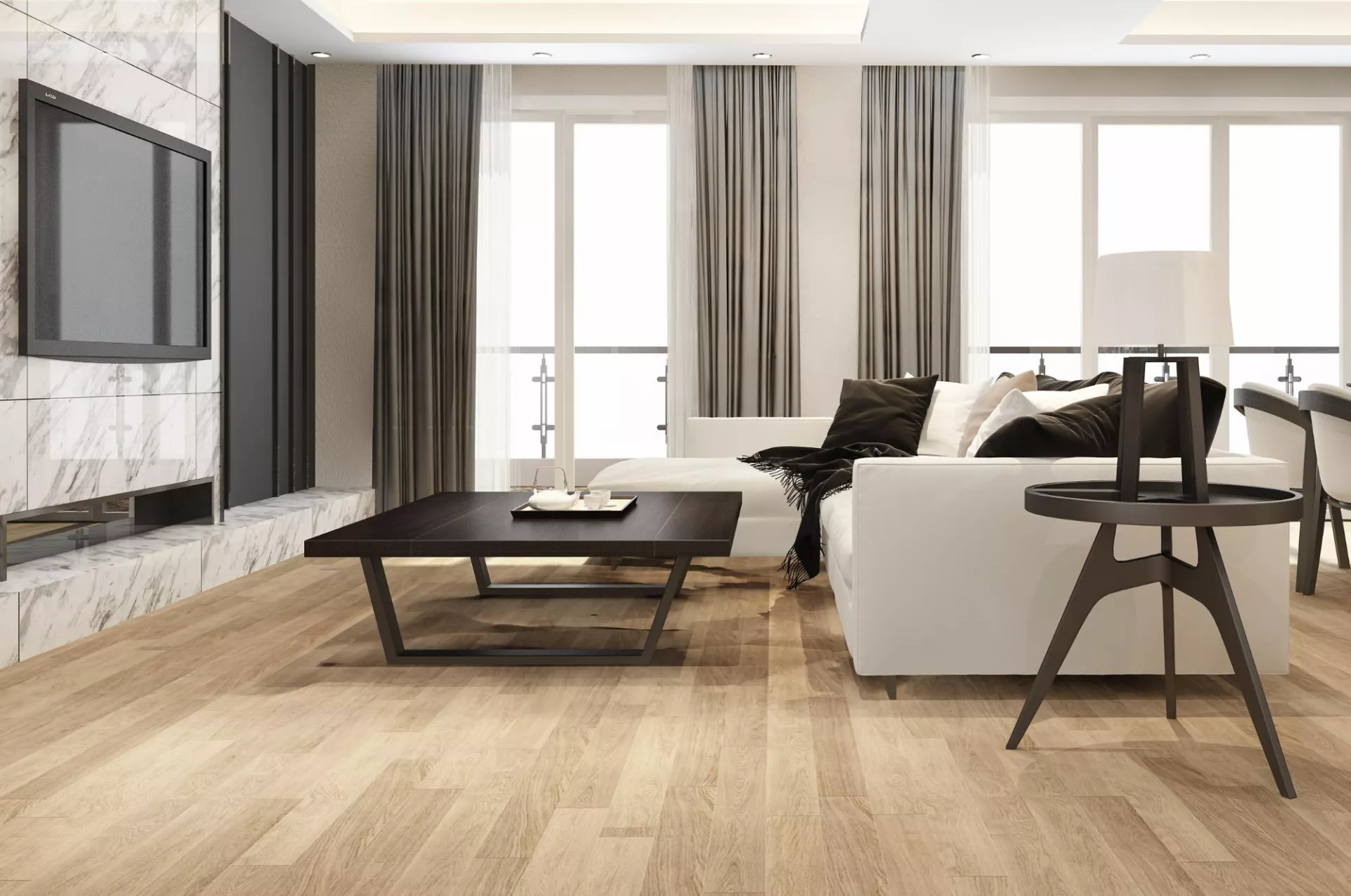
Conclusion
So, engineered wood floors are a sustainable and durable flooring option that offers a high-end look and feel, just like hardwood floors. Although they have higher upfront costs, they don’t require extensive maintenance like tile, vinyl, or carpets.
Anyhow, it is best to weigh the pros and cons of the flooring with your personal priorities and budget. Engineered wood flooring may not be the most budget-friendly option, but combined with benefits, you should try it.
Read our article: "Flooring Material Selection Guide" to learn about other types of flooring.

